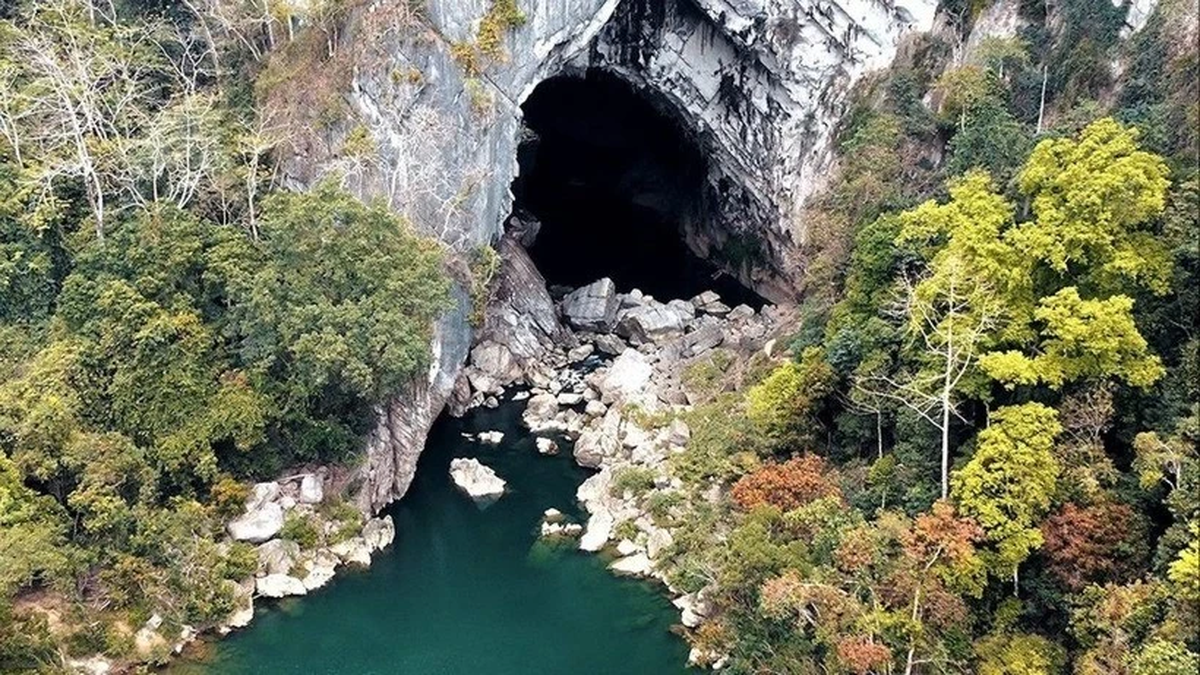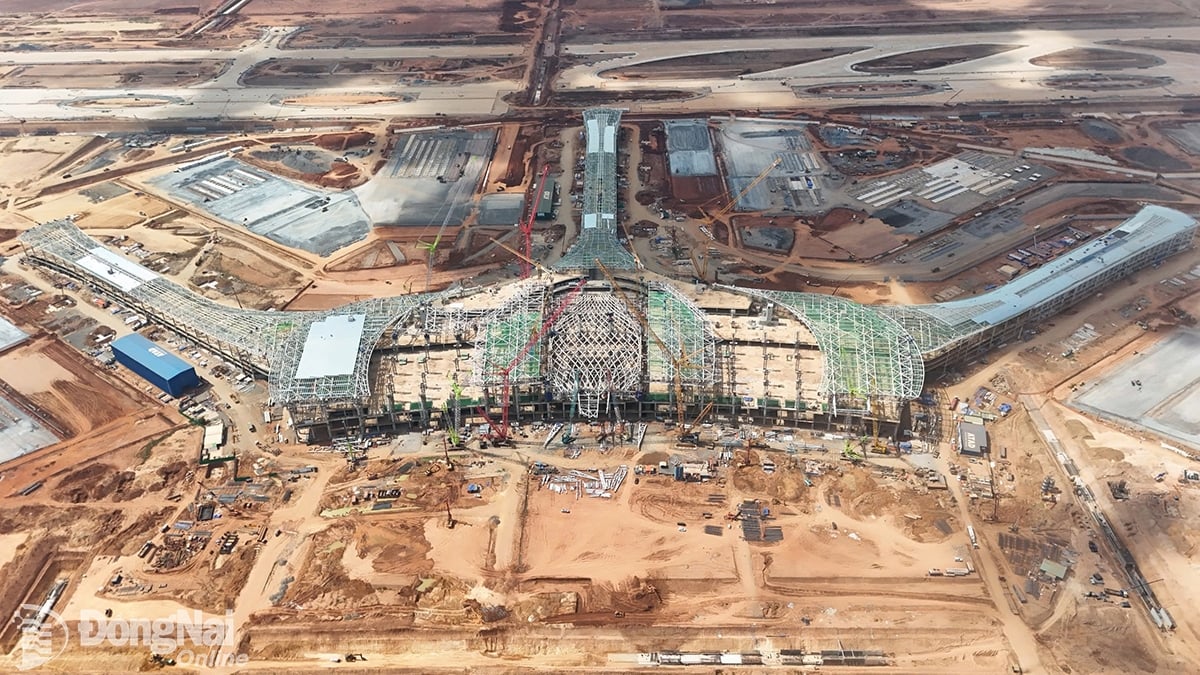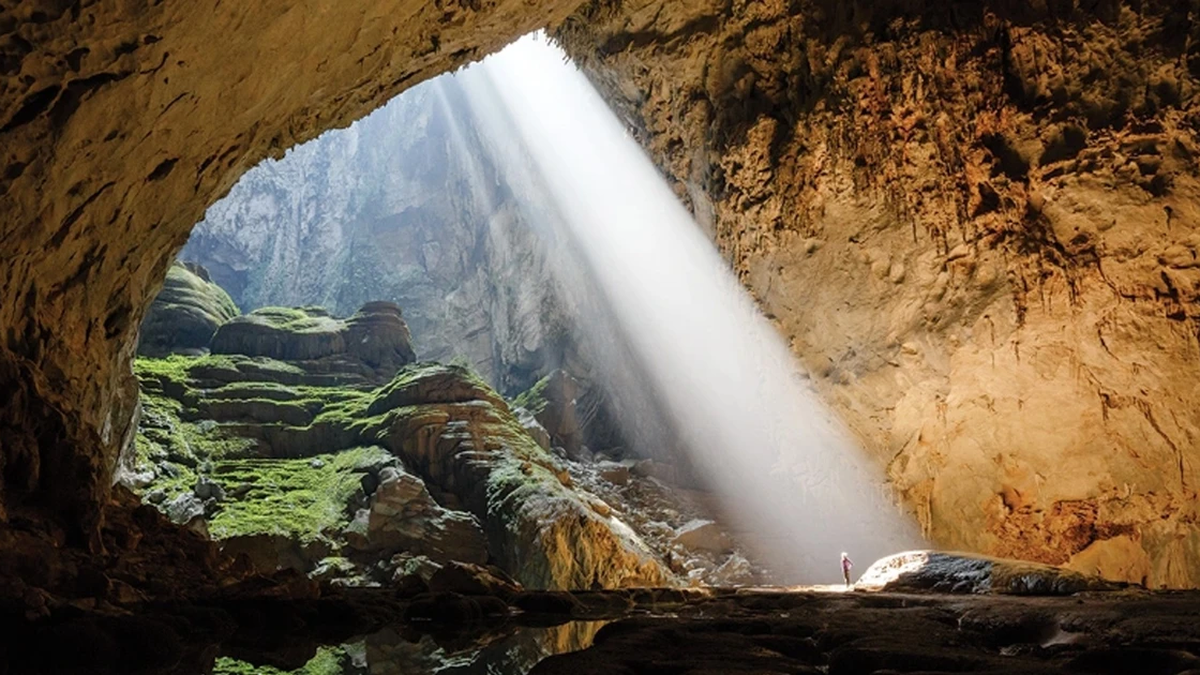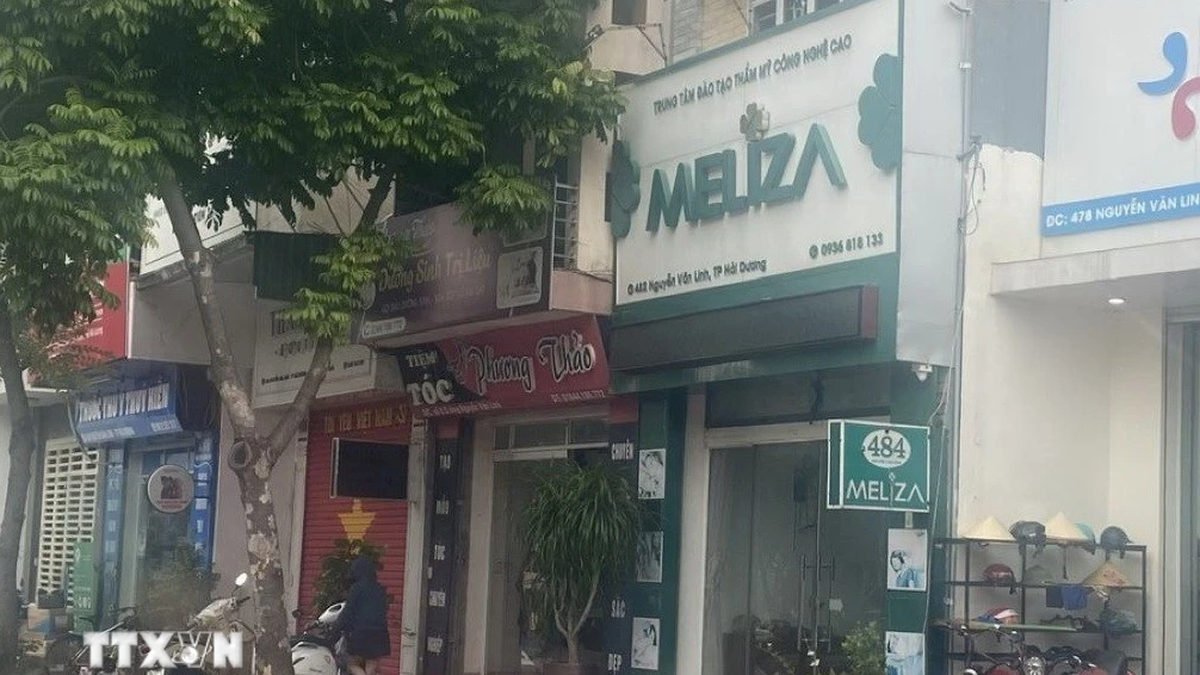
Can the US GBU-57 bunker buster bomb drill 90 meters deep?
In the early morning of June 22, when the Iran-Israel conflict was at its peak, the US military launched an operation codenamed "Midnight Hammer", mobilizing 7 B-2 Spirit stealth bombers to drop 14 GBU-57 bombs on Iran's Fordow and Natanz nuclear facilities.
From a technical perspective, many questions are raised: can the GBU-57 bomb destroy Iran's underground factory, located 90 meters deep under a granite mountain?
The Chairman of the US Joint Chiefs of Staff, General Dan Caine, has publicly declared that Operation Midnight Hammer has achieved “overwhelming victory.”
During the operation, seven B-2 stealth bombers took off from bases on US territory, crossed the Atlantic Ocean and flew thousands of kilometers. 125 fighter jets coordinated to perform diversionary maneuvers, allowing the B-2s to complete their mission.
The plan was carefully calculated, the B-2 bomber group dropped a total of 14 giant GBU-57 bunker-buster bombs (piercing bombs) on the Fordow and Natanz nuclear facilities, each weighing 13.6 tons, with an explosive yield equivalent to 2.54 tons of TNT. This information sounds quite shocking.

But reality soon woke the US military up, when a senior US official revealed that the main structure of the Fordow nuclear facility was still intact, with only some areas damaged.
Iranian parliamentarian Menan Raisi even bluntly said that the US side was "exaggerating", as only the above-ground part of the nuclear facility was slightly damaged and could be completely repaired. This is very different from the "precision surgical" attack effect, which the US military has previously promoted.
Fordow Nuclear Plant: A Strong Fortress
The Fordow nuclear plant was no ordinary target, as it was built deep into the rock by Iranian engineers and is extremely well protected. The plant is covered with 8 meters of concrete and 2 meters of steel, and has four layers of reinforced concrete fortifications on the outskirts for reinforcement and protection.
Kelsey Davenport, an expert from the US Arms Control Association, has long warned that conventional bunker-buster bombs cannot cause significant damage to such a structure.
In addition, the Iranian military has deployed an S-300 air defense missile battalion, a Buk-M2 missile battalion and an air defense artillery regiment, along with electronic jamming equipment to protect Fordow; forming a three-dimensional protection network with the base, making it difficult for fighter jets to fly in to drop bombs.

US military commentator Williamson also pointed out that "the B-2 cannot drop bombs calmly without being interfered with." Previously, the Israeli airstrike on June 13 proved that conventional attacks have little impact on Fordow and are unlikely to shake its solid defenses.
GBU-57 Bunker Buster Bomb: The Legend Destroyed
The GBU-57 has been touted by the US military as a “bunker buster” and is said to be capable of penetrating 60 metres of earth. But its true capabilities were exposed at the Fordow nuclear facility.
The mountain where the Fordow base is located is made of hard granite, which is completely different from ordinary soil layers. After actual testing, the penetration depth of the GBU-57 bomb in this rock layer has been drastically reduced to less than 30 meters. The core area of the Fordow nuclear facility is located at a depth of 90 meters, which means that at least three bombs would need to be dropped in the same place in a row to reach the core area.
To achieve the goal of penetration, the US military adopted a saturation bombing strategy, using three B-2 bombers to attack in turn, hoping to compensate for the lack of precision through quantity.

From satellite imagery, there are two impact zones around Fordow, with three bomb craters in each area. This shows that the US Air Force tried to penetrate the “heart of the plant” through continuous bombing, but the end result was only partial damage to the ground, and the underground facilities remained intact.
The “sequential penetration” tactic used by the US military may not have been successful, especially when the penetrator bombs exploded early in the rocks. And the advanced US weapons technology immediately turned into a costly “fireworks show”.
Reasons for the failure of the GBU-57 anti-personnel bomb:
Geological differences: The US military clearly underestimated the geological complexity of the Fordow mountain, where Iran's nuclear facility is located. The hardness of granite is much higher than that of ordinary soil and rock, which greatly reduces the penetrating ability of the GBU-57 bunker buster.
When faced with such hard rock masses, the bomb's penetrating energy is rapidly dissipated during high-speed impact with the granite layer, so the calculated penetration depth cannot be achieved.
Strength of protective structures: The multi-layer reinforced protective structures of the Fordow nuclear facility play an important role. Layers of reinforced concrete and steel plates are stacked on top of each other, forming an insurmountable obstacle.
Even if the GBU-57 bomb can penetrate the rock blocks to a certain depth, these protective structures still further weaken its impact and explosive effects, helping to protect the main body of the nuclear facility.

The problem of bombing accuracy: Judging from the distribution of bomb craters, the US Air Force's bombing accuracy was clearly insufficient. The original plan was to use the "relay penetration" method, that is, the next GBU-57 bombs continued to penetrate the holes of the previous bomb. But the fact that many bomb craters appeared at each bombing point showed that the subsequent bombs did not fall exactly into the holes of the first bomb.
This could be due to battlefield conditions, inaccurate target positioning, and air defense systems affecting the aircraft's bombing accuracy.
The effects after the US used the GBU-57 bomb
Adjusting military strategy: The failure of the GBU-57 bunker buster bomb will certainly force the US military to re-evaluate its ability to attack underground targets. In the future, the US military will likely increase investment in research and development of new bunker buster weapons, to find more effective penetration technology.
At the same time, when developing combat plans, they will also consider more carefully the actual situation of the target, instead of relying only on theoretical calculations of weapons.

Changes in the international situation: For Iran, the Fordow nuclear facility has withstood the heavy penetration bombing of the US military, which has greatly increased their confidence in international negotiations; as well as showing that Iran's ability to protect its nuclear facility has been tested and they will be more confident in defending their nuclear rights and interests, in nuclear negotiations with the US and other Western countries.
For the US, the failure of this operation may cause them to face more suspicion and pressure in the international community, and their military deterrence will also be weakened to a certain extent.
Technology development direction: The fact that the US GBU-57 bomb cannot penetrate thick rock layers has shown a new development direction for global defense technology.
On the one hand, countries will pay more attention to research on underground facility protection technology, and how to build a more solid protection system under complex geological conditions will become the key;
On the other hand, research and development of ground-penetrating weapons will develop in the direction of improving penetration depth, adapting to different geological environments, and improving attack accuracy.
In short, the failure of the US GBU-57 bunker buster bomb in the attack on Iran's Fordow nuclear facility is not only a failure of a military operation, but also a landmark event that has a profound impact on the development of global military technology and the international strategic landscape. It shows us that even seemingly advanced military technology can encounter obstacles when faced with complex real-world environments.
Source: https://khoahocdoisong.vn/huyen-thoai-ve-bom-xuyen-gbu-57-cua-my-co-bi-huy-hoai-post1554257.html




































































































Comment (0)